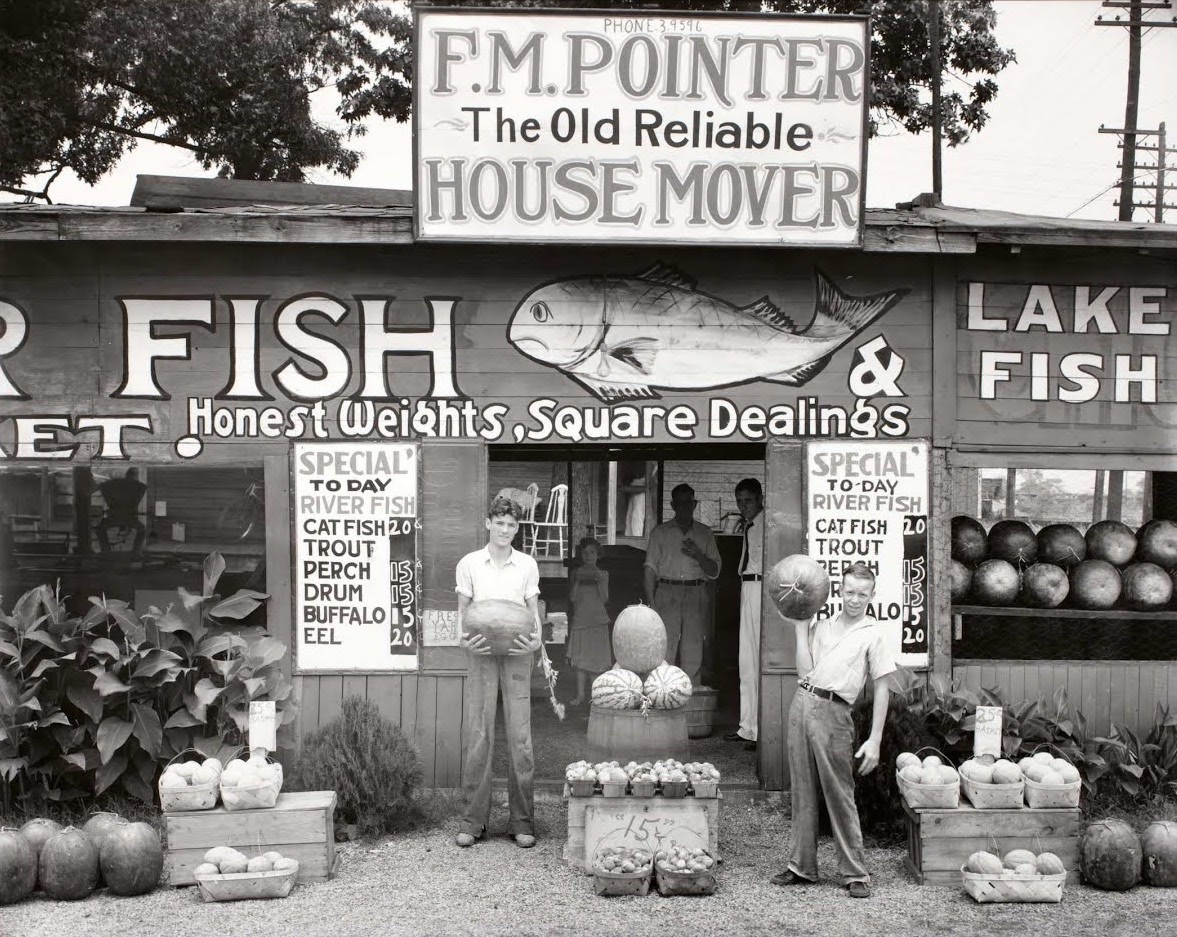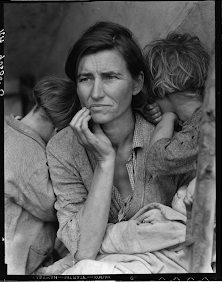Collecting Photography: What to Consider When Making a Purchase

Since the recognition of photography as an artform is relatively new in comparison to Impressionism and Old Masters, collecting it can be daunting for those unfamiliar with the medium’s different terms, processes, and practices. While the most important consideration when purchasing a work should be whether you are drawn to it, some factors you should consider when purchasing a photograph can be the print date, whether the work is signed, how many prints of an image were made, the condition and the provenance.
One photography term that comes up frequently when someone is collecting is “vintage.” When a work is described as a vintage photograph, this indicates that the work was printed within a few years of when it was taken, and it can often add to its appeal for buyers. Oftentimes, galleries or auction houses will indicate the year a work was taken as well as when it was printed (sometimes they apply more general terms of vintage and later.)
The second factor that a collector may consider is whether a work is signed by the photographer. The way a work is signed can vary from photographer to photographer and may indicate the type of print or when it was printed. For example, Ansel Adams was consistent about signing his work, with the exception being his commercial projects. In his earliest photographs, the signature is typically in ink, while later works are often signed in pencil.

As an artform of multiples, a concern many collectors have is how many prints of an image exist. The majority of contemporary photographers will indicate how many prints of a work in a print size exist by detailing an edition number. An image may be created in multiple sizes, and typically, the larger the print size, the smaller the number of prints made that size. It is not uncommon for a photograph to increase in price as the edition sells. When looking at photographs prior to the 1980s, it is not unusual for photographs to be non editioned. Because the photography market, as it exists today, was not really active until the 1970s, many earlier photographers did not edition their prints as part of their practice. Some earlier photographers who are still practicing may continue this practice of not editioning their prints, which is often referred to as an open edition.
While condition can be critical for many artforms, the impact on the value of a photograph can vary, particularly depending on when the photograph was printed. Often, the expectation for contemporary photographs is that prints should be in excellent or pristine condition as they are often printed upon the time of purchase, but for collectors interested in acquiring older or vintage prints, some condition issues can be more accepted given the photograph’s age. For example, light scratches or minor edge wear would be more acceptable on a vintage print previously used for publication than on a later fine art print of the same image made specifically for sale.
Finally, provenance, or a photograph’s history, can add value and help in identifying a work. A photograph from an important and known collection can add to its appeal, and for earlier works, a history of ownership can help reveal more about the work, including when it was created if that information is not with the current owner. With this in mind, keeping your receipts from purchases and other correspondence is an important part of a photograph’s history and can be a valuable resource when considering selling a photograph or getting the work appraised.
While all these factors may play a role in purchasing a photograph for your collection, this is by no means an exhaustive list. However, as initially stated, the most important factor should be purchasing a photograph that impacts you and that you want to live with in your home. Taking time to explore galleries, auction houses, and art fairs can also be a wonderful way to determine what types of works attract you. Additionally, these spaces allow you the opportunity to ask questions and learn more about the works.

Jessica Hunter is an associate appraiser at Penelope Dixon & Associates, an appraisal company founded in 1981 that specializes in documentary and fine art photography. The company provides appraisals for donation, insurance, sales and estate purposes and serves an array of clients, including private collectors, museums, galleries, corporations, estates and archives. Hunter holds a BA in Art History and English from Centenary College of Louisiana and MAs in Art History and Art Business from the University of Arizona and Sotheby’s Institute of Art, respectively. Prior to her role at Penelope Dixon & Associates, Hunter held the roles of associate director of Howard Greenberg Gallery, photographs specialist at Swann Auction Galleries, and associate appraiser and registrar at Rick Wester Fine Art. She is a member of the Appraisers Association of American and serves on the organization’s membership committee.



